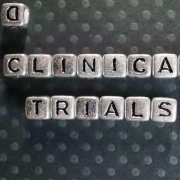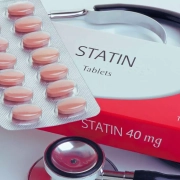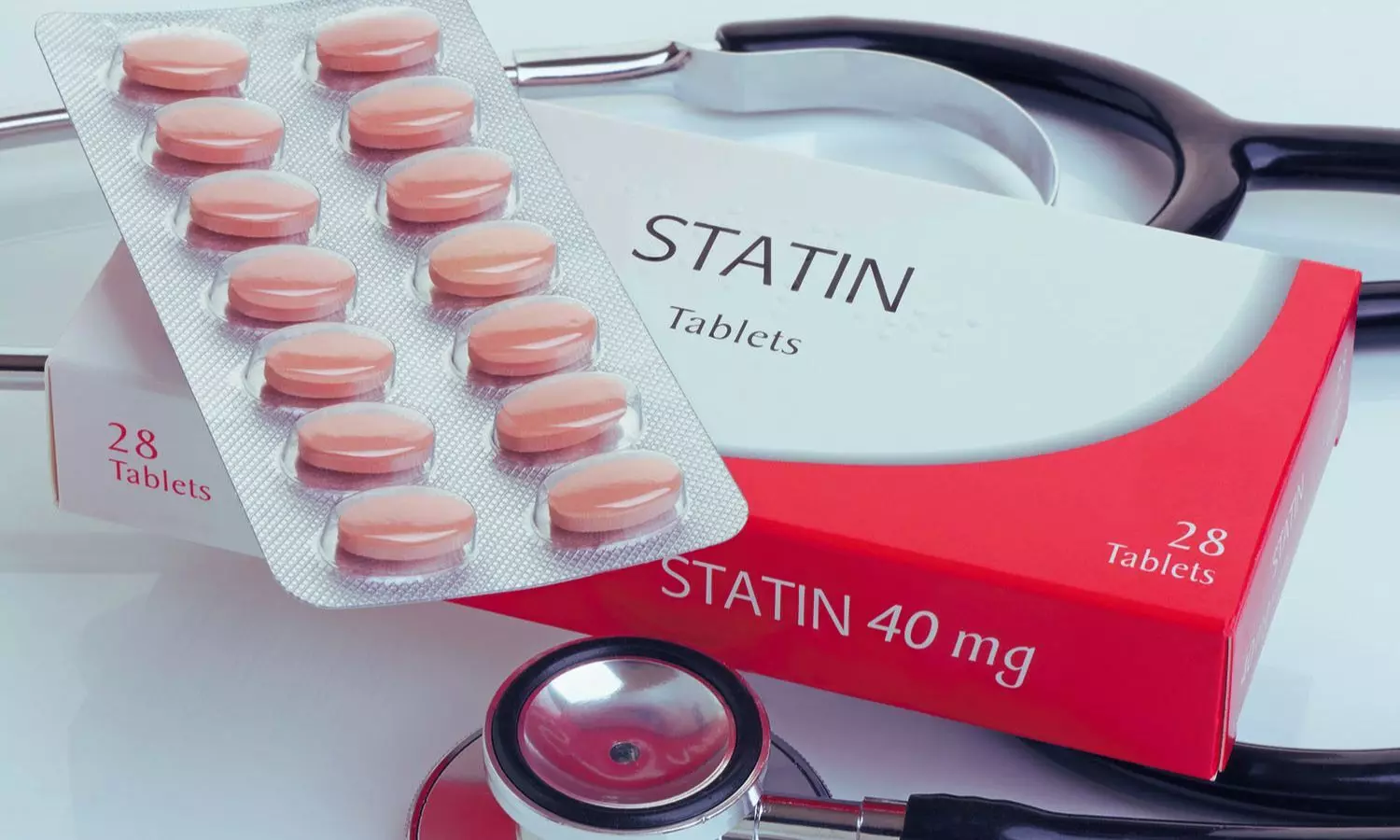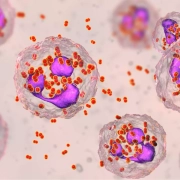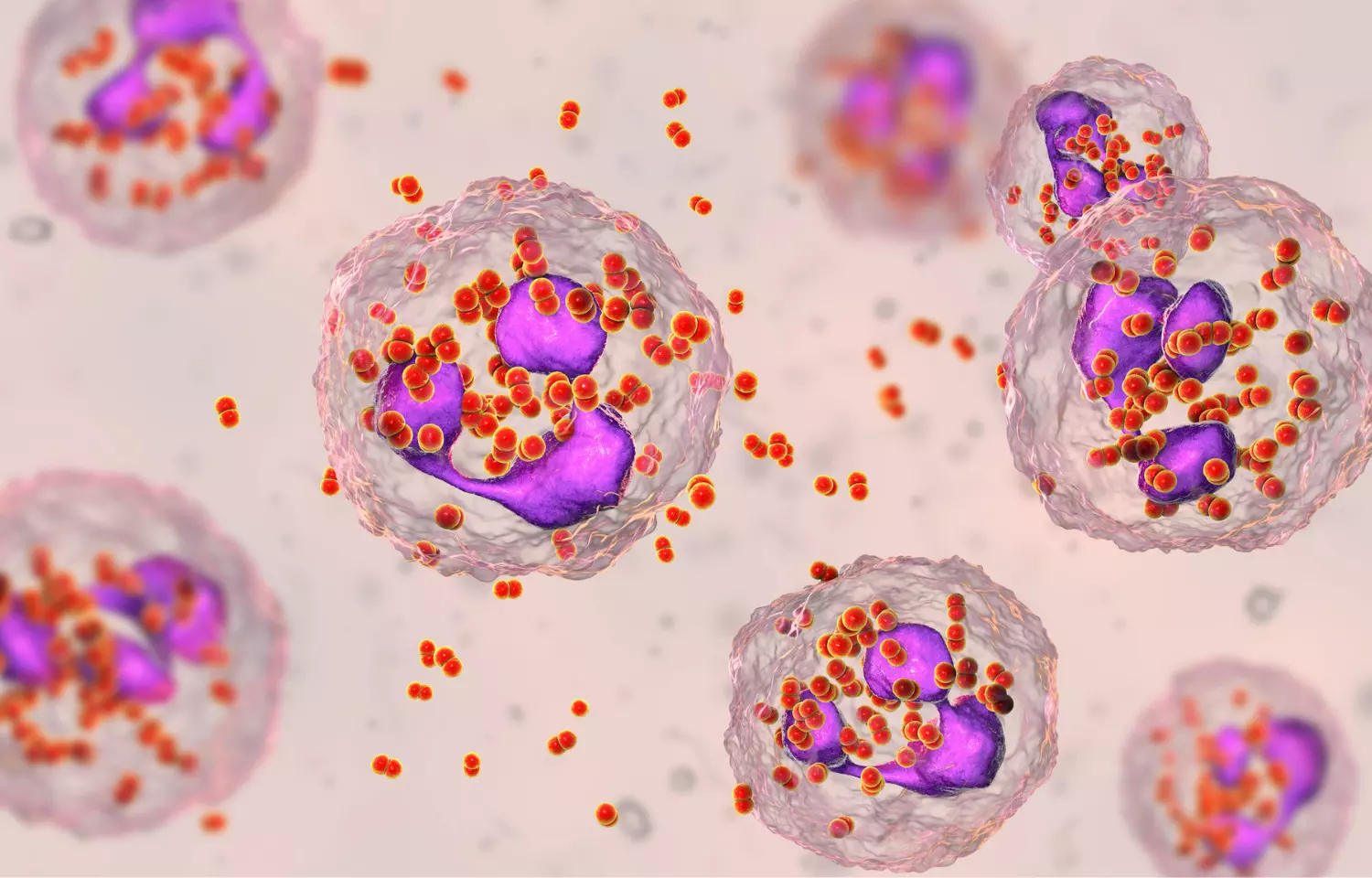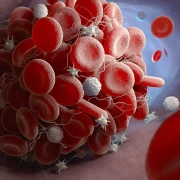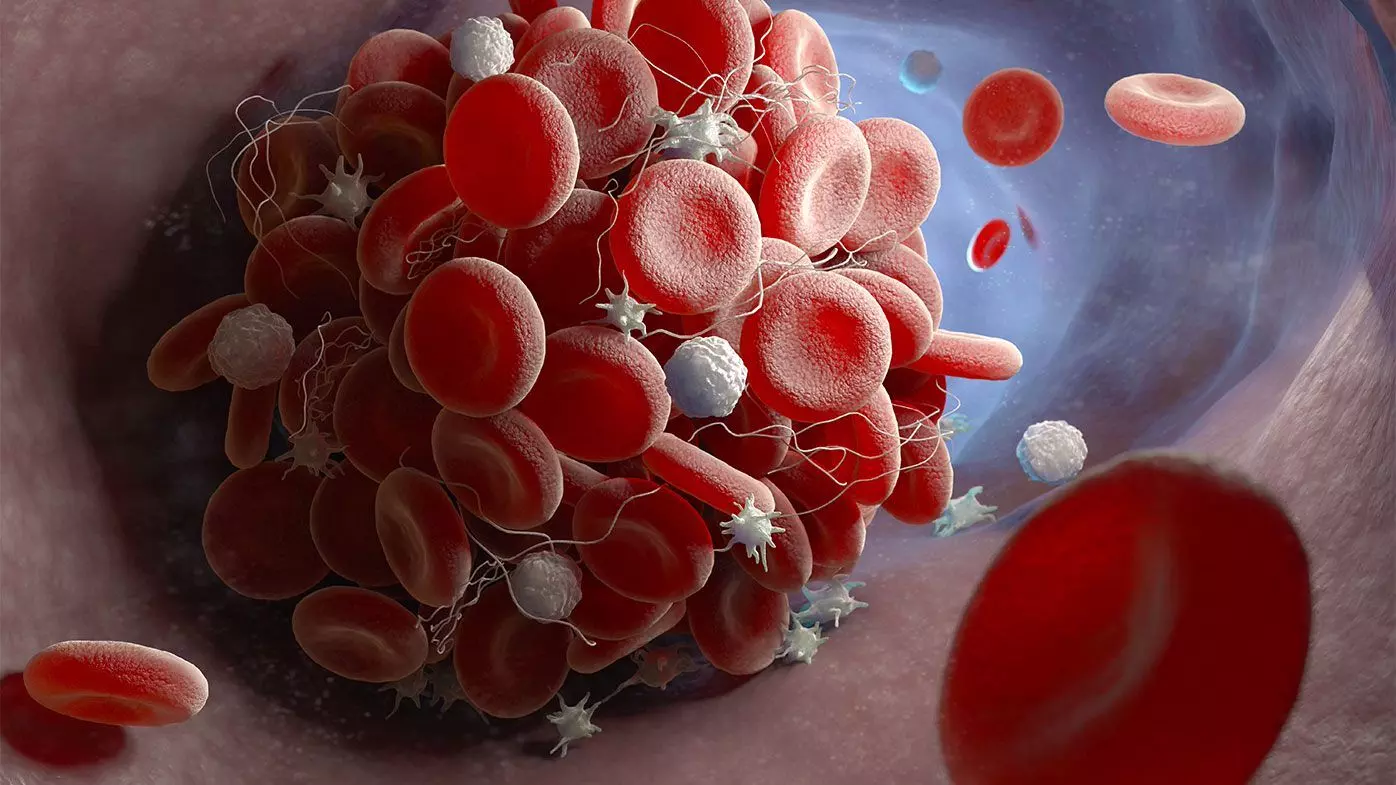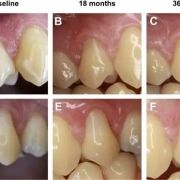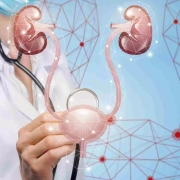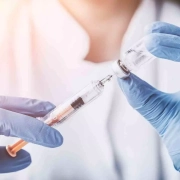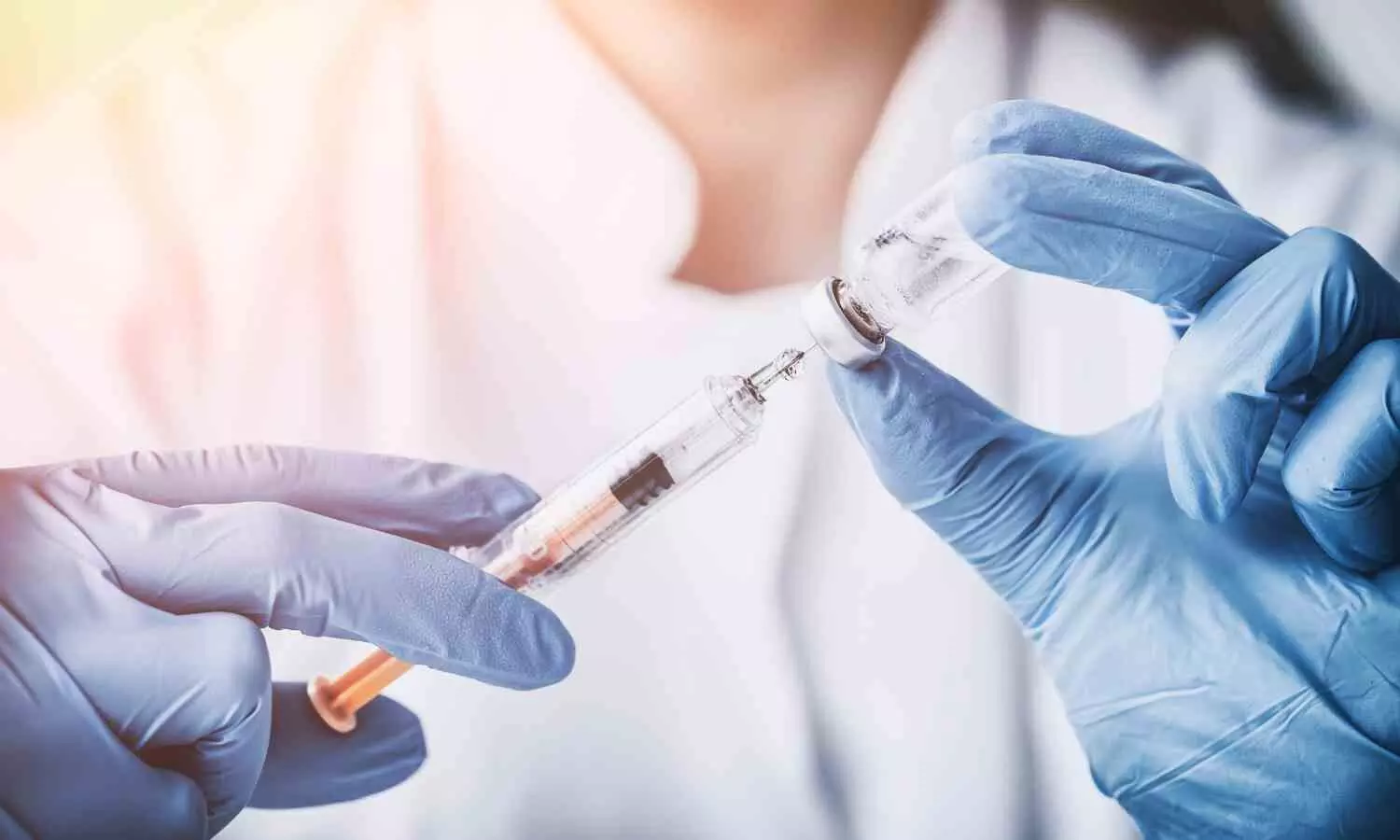Merck begins phase 3 trial of MK-1084, Keytruda combo for first-line treatment of certain patients with Metastatic Non-Small Cell Lung Cancer

Rahway: Merck, known as MSD outside of the United States and Canada, has announced it has initiated a Phase 3 clinical trial evaluating MK-1084, an investigational oral selective KRAS G12C inhibitor, in combination with KEYTRUDA for the first-line treatment of certain patients with metastatic non-small cell lung cancer (NSCLC) whose tumors harbor KRAS G12C mutations and express PD-L1 (tumor proportion score [TPS] ≥50%).
“KRAS is among the most prevalent mutations in cancer and KRAS G12C is the most common KRAS mutation in patients with non-small cell lung cancer,” said Dr. Marjorie Green, senior vice president and head of oncology, global clinical development, Merck Research Laboratories. “Based on early evidence showing MK-1084 in combination with KEYTRUDA had a manageable safety profile and promising anti-tumor activity, we are now proceeding to a larger Phase 3 trial to evaluate this combination in certain patients with metastatic non-small cell lung cancer.”
Merck has initiated a Phase 3, randomized, double-blind, multicenter clinical trial (NCT06345729) evaluating once daily MK-1084 in combination with KEYTRUDA administered once every three weeks compared with KEYTRUDA plus placebo in previously untreated patients with KRAS G12C-mutated metastatic NSCLC with a PD-L1 TPS ≥50%. The trial will enroll approximately 600 patients globally. The primary endpoints of the study are progression-free survival and overall survival, and key secondary endpoints include objective response rate and duration of response.
MK-1084 is currently being evaluated in a Phase 1, open-label multicenter clinical trial (NCT05067283) to assess safety, tolerability, pharmacokinetics and efficacy of MK-1084 as monotherapy and as part of various combination therapies in patients with KRAS G12C mutant advanced solid tumors. Preliminary safety and efficacy data from this trial were previously presented at the European Society for Medical Oncology (ESMO) Congress in 2023.
MK-1084 is being developed through a collaboration with Taiho Pharmaceutical Co. Ltd and Astex Pharmaceuticals (UK), a wholly owned subsidiary of Otsuka Pharmaceutical Co., Ltd. This collaboration was announced in January 2020.
MK-1084 is an investigational, potent and specific KRAS G12C covalent inhibitor. Mutations in KRAS are among the most prevalent mutations found in cancer, occurring with high frequency in non-small cell lung cancer, pancreatic, urogenital and colorectal cancers. The KRAS G12C mutation is the most frequently observed KRAS mutation in patients, occurring in approximately 14% of non-small cell lung cancers (adenocarcinoma). Despite decades of research and recognition of the therapeutic importance of targeting KRAS, the development of small molecule inhibitors targeting KRAS mutations has been challenging.
Lung cancer is the leading cause of cancer death worldwide. In 2022 alone, there were approximately 2.4 million new cases and 1.8 million deaths from lung cancer globally. Non-small cell lung cancer is the most common type of lung cancer, accounting for about 80% of all cases. In 2024, the overall five-year survival rate for patients diagnosed with lung cancer is 25% in the United States. Improved survival rates are due, in part, to earlier detection and screening, reduction in smoking, advances in diagnostic and surgical procedures, as well as the introduction of new therapies. Early detection and screening remain an important unmet need, as 44% of lung cancer cases are not found until they are advanced.
Read also: European Commission approves Merck Keytruda plus Chemotherapy for lung cancer
Powered by WPeMatico

